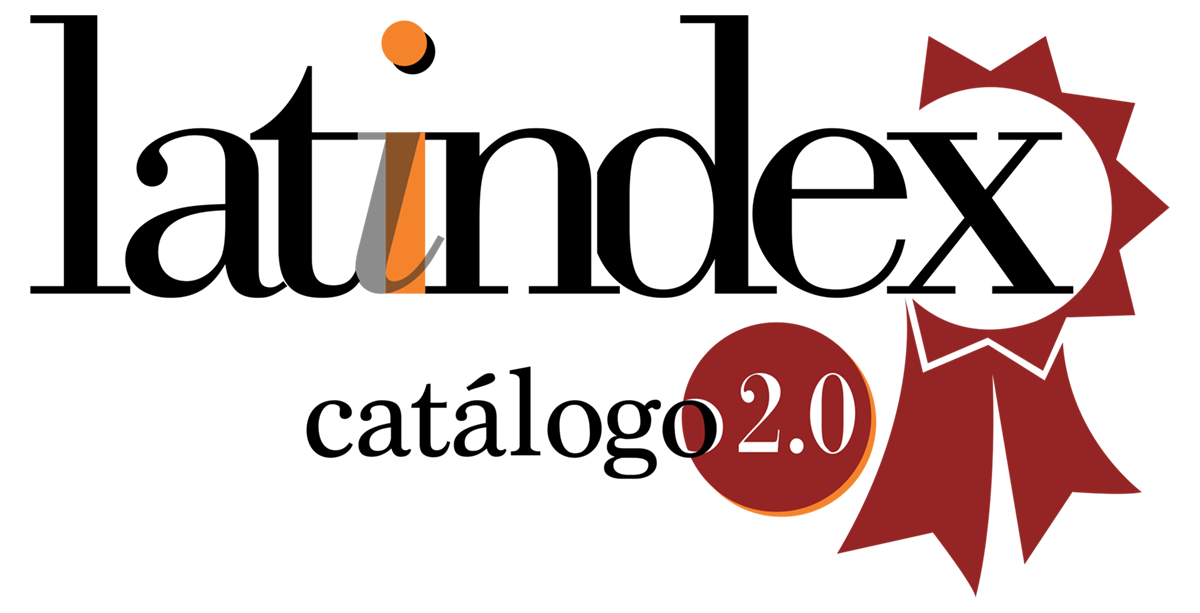Assessment and Management of Environmental Risks in Aquaculture: A Case Study of Sechura Bay
DOI:
https://doi.org/10.51431/bbf.v13i1.992Keywords:
Sustainable aquaculture, environmental risk assessment, contaminant management, biodiversity conservationAbstract
This study evaluates environmental risks in Sechura Bay, focusing on aquaculture practices and their impact on biodiversity and water quality. Objective. The main objective is to identify and classify ecological risks associated with aquaculture to develop effective management and prevention measures. Methods. The methodology included terrestrial and marine surveys, using GPS and GIS software to georeference and analyze pollution sources. A risk assessment matrix was employed, combining impact severity with its probability of occurrence, enabling a precise categorization of risks from insignificant to extreme. Results. The results show that the most affected areas are those near river mouths and aquaculture zones, with high concentrations of heavy metals, pathogens, and organic pollutants linked to domestic and agricultural waste and poor effluent management. The discussion compares these findings with international studies, highlighting the effectiveness of biological indicators and the need for integrated management strategies. It is recommended to implement advanced treatment and remediation technologies, strengthen environmental monitoring, and promote education and community participation to mitigate impacts and ensure the sustainability of aquaculture in coastal areas. Conclusion. This study provides crucial insights into managing environmental risks in aquaculture ecosystems, with significant implications for conservation and sustainable aquaculture practices in coastal regions.Downloads
Download data is not yet available.
Downloads
Published
2025-05-29
How to Cite
Vargas Collantes, R. G., & Vargas Collantes, C. E. (2025). Assessment and Management of Environmental Risks in Aquaculture: A Case Study of Sechura Bay. Big Bang Faustiniano, 13(1). https://doi.org/10.51431/bbf.v13i1.992
Issue
Section
Artículos







